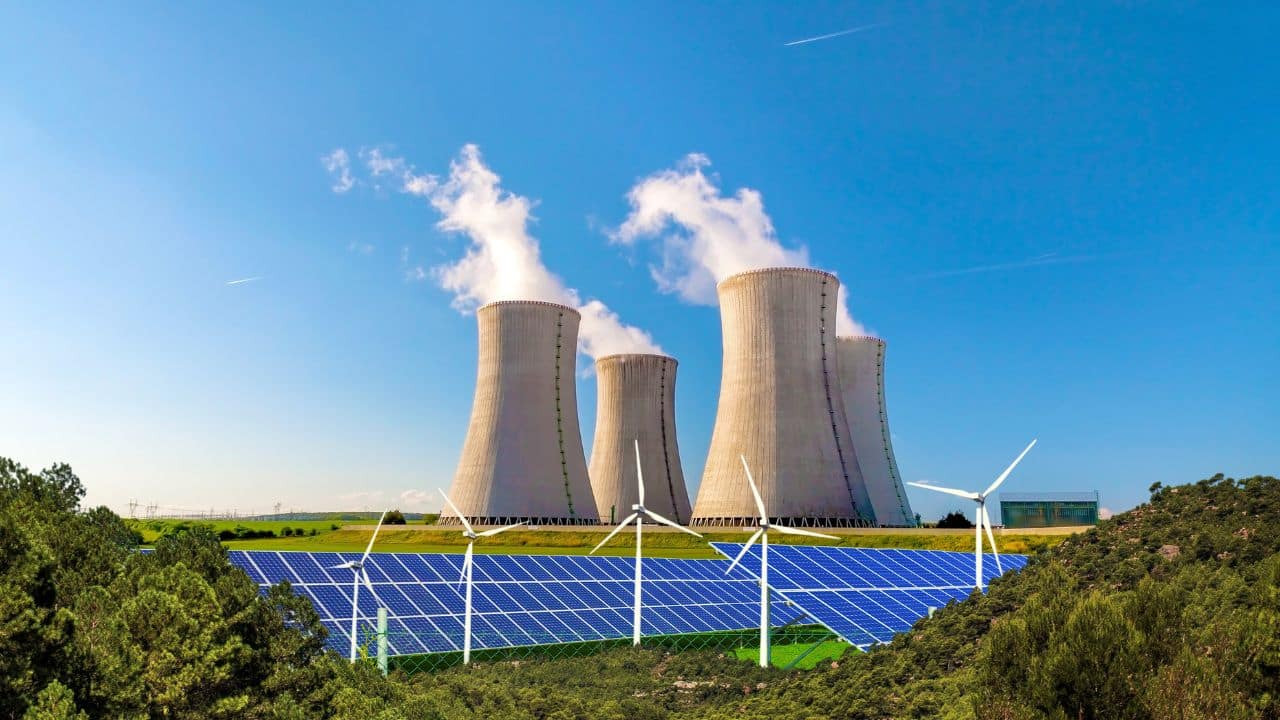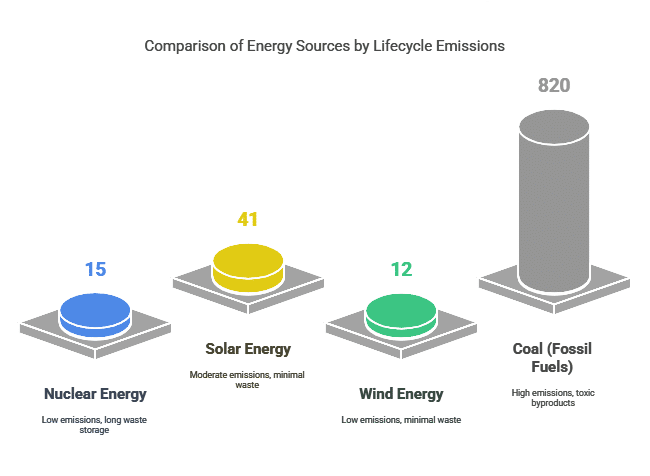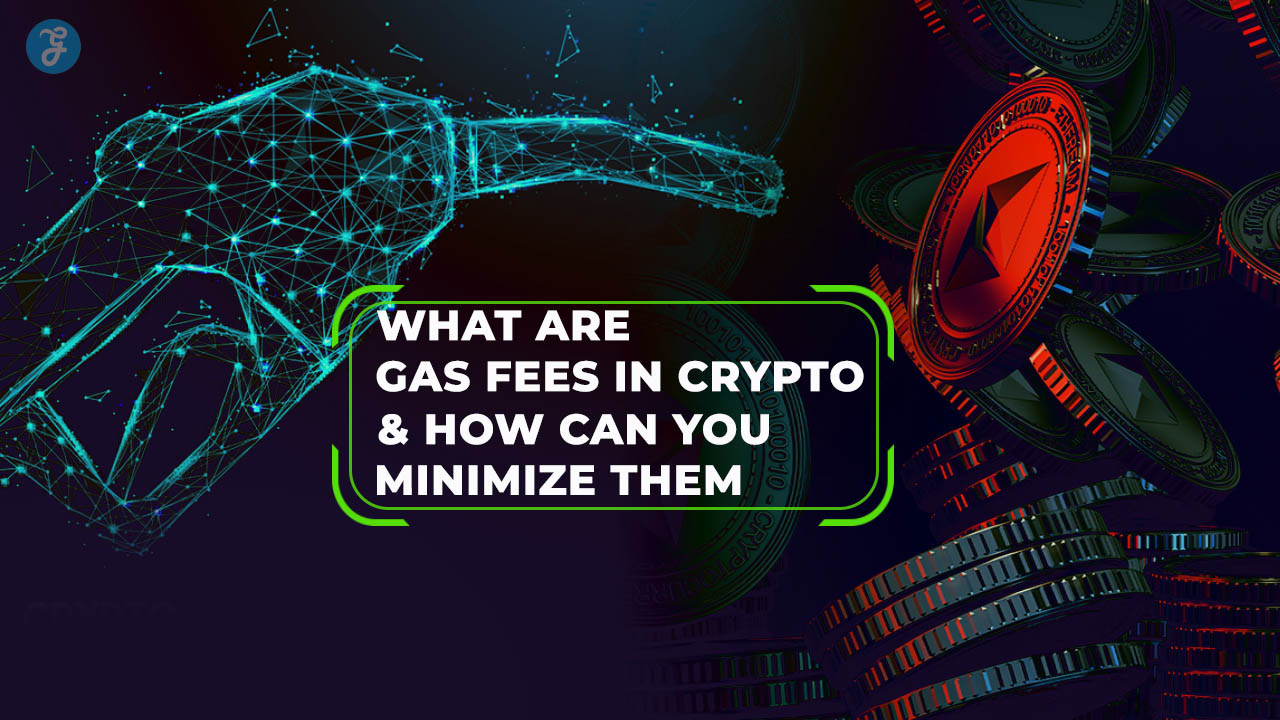How green is nuclear energy? This question has sparked significant debate in the global energy discourse.
Often touted as a solution to climate change due to its low greenhouse gas emissions, it also raises concerns about safety, radioactive waste, and long-term sustainability. To determine how green nuclear energy truly is, we need to evaluate its environmental footprint, its role in mitigating climate change, and the challenges it faces.
How Green Is Nuclear Energy?
The Environmental Impact of Nuclear Energy
How green is nuclear energy can be answered, in part, by its low-carbon credentials. Nuclear energy stands out as a low-carbon energy source. According to the International Atomic Energy Agency (IAEA), nuclear power plants emit about 15 grams of CO2 equivalent per kilowatt-hour (kWh) over their lifecycle.
This is significantly lower than coal-fired plants (820 gCO2/kWh) and natural gas plants (490 gCO2/kWh), making it one of the cleanest energy sources in terms of emissions.
Lifecycle Emissions
Lifecycle emissions include the entire process of nuclear energy production, from mining uranium to decommissioning reactors. While uranium mining and fuel processing generate some emissions, they are minimal compared to fossil fuels. For perspective, wind and solar energy have lifecycle emissions of 12 gCO2/kWh and 41 gCO2/kWh, respectively, putting nuclear energy in a competitive position.
Radioactive Waste Management
One of the most debated aspects of nuclear energy is the management of radioactive waste. High-level waste, such as spent nuclear fuel, remains hazardous for thousands of years. Safe storage solutions, like deep geological repositories, have been developed but remain costly and require meticulous oversight.
Countries like Finland and Sweden have made progress in implementing long-term storage solutions, but global consensus on waste management strategies is still lacking.
Nuclear Energy and Climate Change
Contribution to Global Energy
Nuclear power contributes about 10% of the world’s electricity supply. It plays a crucial role in decarbonizing the grid, especially in countries like France, where 70% of electricity is derived from nuclear energy. The absence of carbon emissions during operation makes it a vital tool for meeting international climate goals.
Challenges in Scaling Up
Despite its potential, nuclear energy faces significant barriers to expansion:
- High Costs: The construction of nuclear power plants requires substantial investment. For example, the Hinkley Point C plant in the UK has a projected cost of £23 billion.
- Safety Concerns: Accidents like Chernobyl (1986) and Fukushima (2011) have left lasting impressions, raising public apprehension.
- Long Lead Times: Building a nuclear reactor can take 10-15 years, limiting its ability to address urgent climate goals.
Comparisons with Renewable Energy
| Energy Source | Lifecycle Emissions (gCO2/kWh) | Availability | Waste Management |
| Nuclear Energy | 15 | High | Requires long-term storage |
| Solar Energy | 41 | Medium | Minimal |
| Wind Energy | 12 | Medium | Minimal |
| Coal (Fossil Fuels) | 820 | High | High emissions and toxic byproducts |
While nuclear energy outperforms fossil fuels in emissions, renewable sources like wind and solar have lower overall environmental impacts. However, renewables’ intermittent nature requires complementary systems like nuclear or energy storage to maintain grid stability.
Public Perception and Policy
Safety Measures
Modern nuclear reactors are designed with advanced safety features to minimize risks. Innovations like Small Modular Reactors (SMRs) offer safer and more cost-effective alternatives to traditional reactors. However, public acceptance remains low in many regions due to historical incidents.
Government Policies
Government support is crucial for the growth of nuclear energy. Countries like China and Russia are heavily investing in nuclear infrastructure, while others, like Germany, are phasing it out in favor of renewables. These policy differences reflect the varying priorities and risk assessments of nations.
The Future of Nuclear Energy
Innovations in Nuclear Technology
Emerging technologies, such as thorium reactors and fusion energy, promise to address many of the current limitations of nuclear power. Fusion, in particular, could revolutionize energy production by providing an almost limitless and clean energy source. Projects like ITER in France aim to make fusion a reality by 2035.
Balancing the Energy Mix
For a sustainable energy future, a balanced mix of nuclear and renewable sources is essential. Nuclear energy’s reliability complements the variability of wind and solar, ensuring a stable and decarbonized grid.
Takeaways
How green is nuclear energy? The answer lies in perspective. While it is a low-carbon and reliable energy source, its challenges—high costs, radioactive waste, and public perception—cannot be ignored.
With advancements in technology and robust policies, nuclear energy can play a pivotal role in achieving a sustainable and green future. Ultimately, it is not about choosing one energy source over another but leveraging the strengths of all available technologies to combat climate change effectively.








































